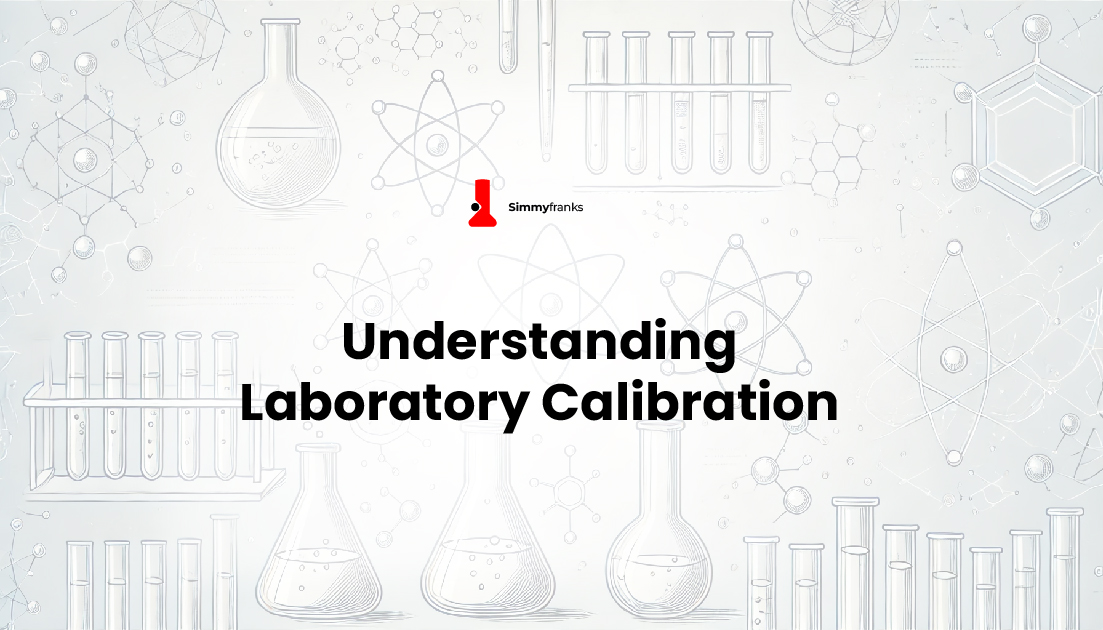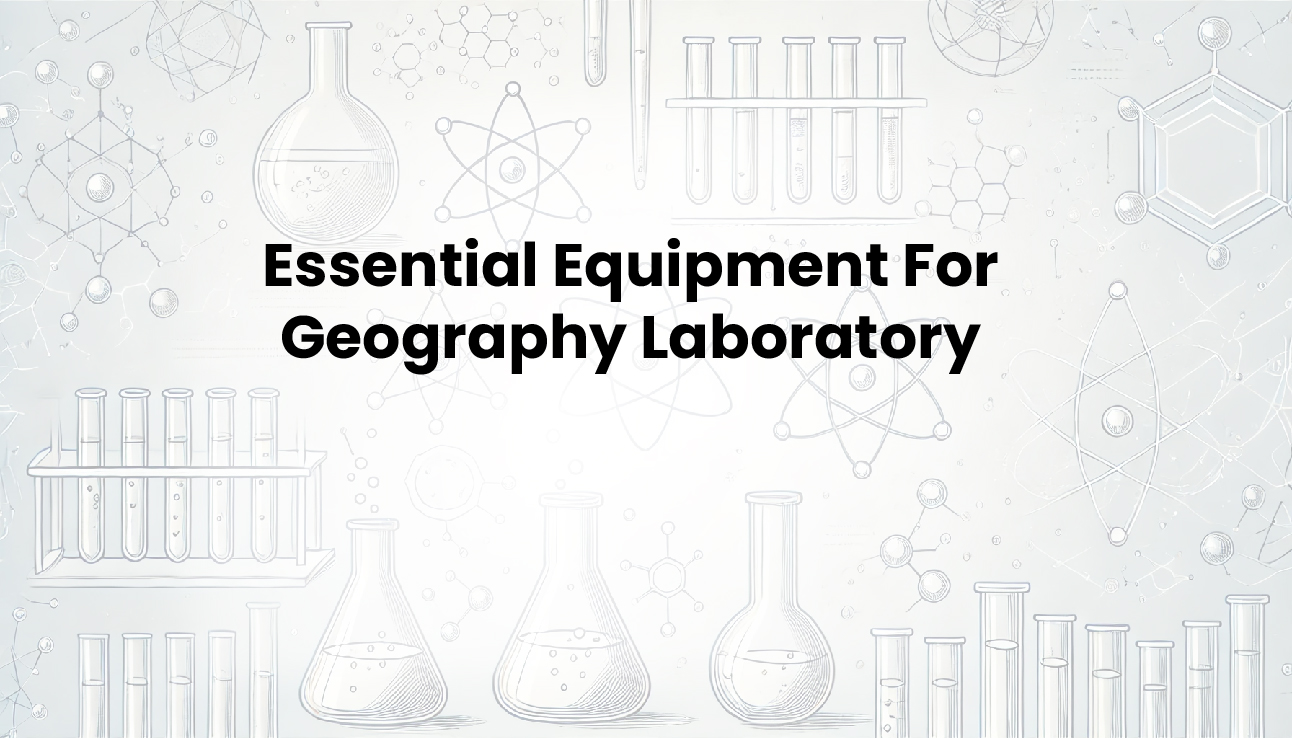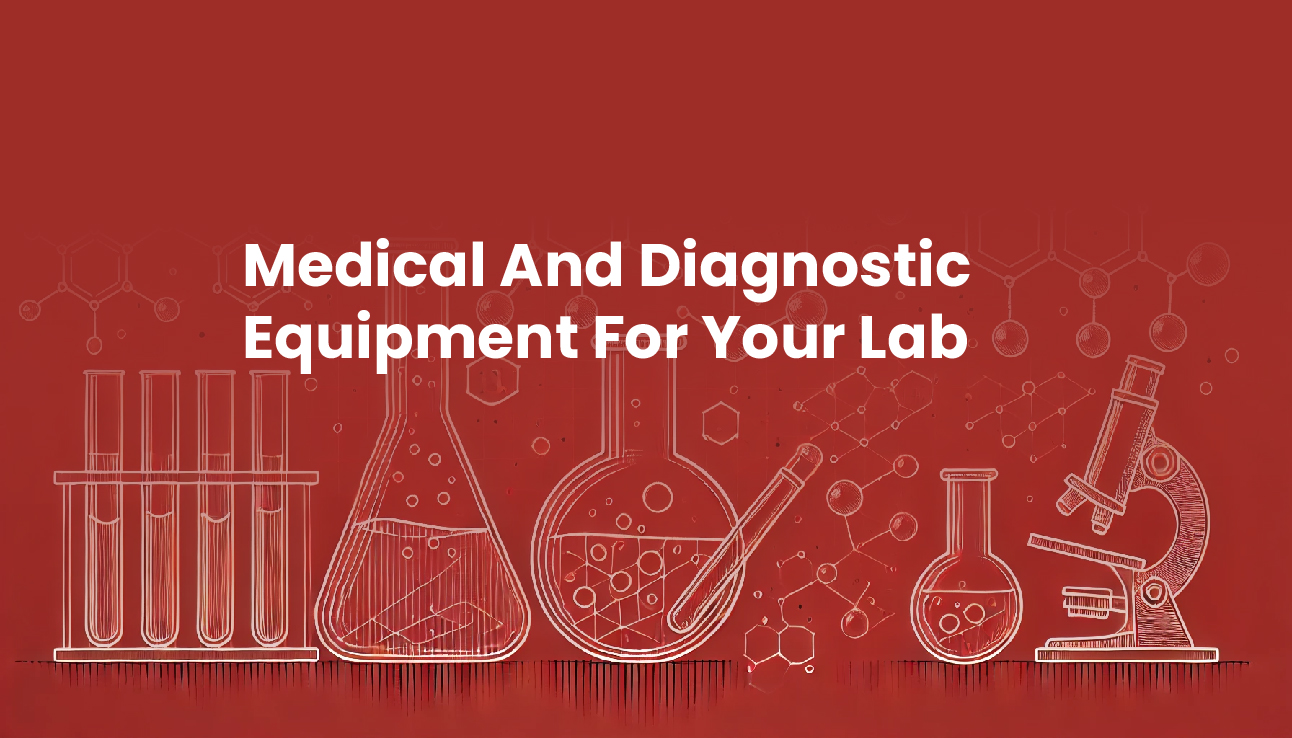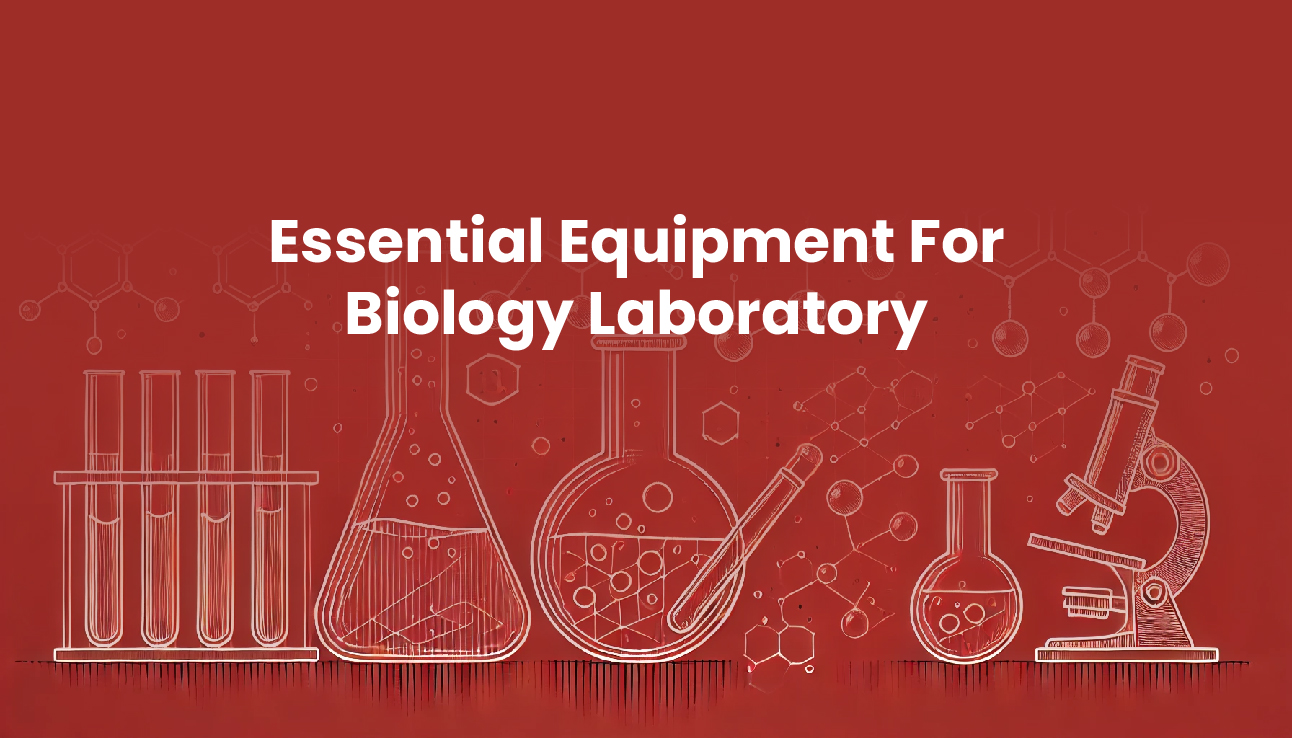Selecting the wrong reagent can lead to inaccurate results, safety hazards, and costly mistakes. That’s why it’s important to understand how to identify chemical reagents quickly and easily.
In this article, we’ll take the mystery out of reagent identification, explaining the simplest ways to choose the right reagent for your laboratory needs. By the end of this article, you’ll be equipped with the knowledge to make informed decisions about the reagents you use in your laboratory, ensuring accurate results, safety, and success.
Types of Chemical Reagents
Before we look at some ways to identify chemical reagents, let’s take a quick look at the types of chemical reagents.
1. Acids
Acids are substances that donate H+ ions, making them essential in various laboratory and industrial applications. Some common acids include:
- Hydrochloric Acid (HCl): A strong acid used in titration, pH control, cleaning, and manufacturing processes.
- Sulfuric Acid (H2SO4): A strong acid used in titration, pH control, cleaning, and battery production.
- Acetic Acid (CH3COOH): A weak acid used in titration, pH control, and as a solvent.
Acids are used in various applications, including:
- Titration: Acids are used to neutralize bases and determine the concentration of a solution.
- pH Control: Acids are used to adjust the pH of a solution, making them important for biological and chemical experiments.
- Cleaning: Acids are used to clean surfaces, remove rust, and dissolve minerals.
- Manufacturing: Acids are used to produce plastics, dyes, and pharmaceuticals.
2. Bases
Bases are substances that accept H+ ions, making them an essential component in laboratory and industrial applications. Some common bases are:
- Sodium Hydroxide (NaOH): A strong base used in titration, pH control, soap making, and paper production.
- Potassium Hydroxide (KOH): A strong base used in titration, pH control, soap making, and battery production.
- Ammonia (NH3): A weak base used in titration, pH control, and as a solvent.
Use of bases includes:
- Titration: Bases are used to neutralize acids and determine the concentration of a solution.
- pH Control: Bases are used to adjust the pH of a solution, making them necessary for biological and chemical experiments.
- Soap Making: Bases are used to produce soaps and detergents.
- Paper Production: Bases are used to produce paper and pulp products.
3. Oxidizing Agents
Oxidizing agents are substances that lose electrons. Some common oxidizing agents include:
- Hydrogen Peroxide (H2O2): A strong oxidizing agent used in disinfection, bleaching, and oxidation reactions.
- Potassium Permanganate (KMnO4): A strong oxidizing agent used in disinfection, bleaching, and oxidation reactions.
- Chlorine (Cl2): A strong oxidizing agent used in disinfection, bleaching, and water treatment.
Oxidizing agents are used in various applications, including:
- Disinfection: Oxidizing agents are used to kill bacteria and other microorganisms.
- Bleaching: Oxidizing agents are used to whiten fabrics and paper.
- Oxidation Reactions: Oxidizing agents are used to initiate oxidation reactions in various industries.
4. Reducing Agents
Reducing agents are substances that gain electrons. Examples of common reducing agents are:
- Sulfuric Acid (H2SO4): A strong reducing agent used in reduction reactions, cleaning, and water treatment.
- Sodium Sulfite (Na2SO3): A strong reducing agent used in reduction reactions, cleaning, and water treatment.
- Hydrogen Gas (H2): A strong reducing agent used in reduction reactions and as a fuel.
Reducing agents are used in various applications like:
- Reduction Reactions: Reducing agents are used to initiate reduction reactions.
- Cleaning: Reducing agents are used to clean surfaces and remove rust.
- Water Treatment: Reducing agents are used to remove impurities from water.
5. Solvents
Solvents are substances that dissolve other substances. Some common solvents are:
- Water (H2O): A polar solvent used in cleaning, mixing, and extracting.
- Ethanol (C2H5OH): A polar solvent used in cleaning, mixing, and extracting.
- Acetone (C3H6O): A nonpolar solvent used in cleaning, mixing, and extracting.
Solvents are used in various applications. Some of them are:
- Cleaning: Solvents are used to clean surfaces and remove impurities.
- Mixing: Solvents are used to mix and blend substances.
- Extracting: Solvents are used to extract substances from mixtures.
Common Ways to Identify Chemical Reagents
Since we have looked at some types of chemical reagents, let us look at how to identify them.
1. Labeling and Packaging
- Check the label and packaging for the reagent’s name, formula, concentration, and hazard warnings.
- Look for the manufacturer’s name, product code, and batch number.
- Verify that the label matches the product’s appearance and consistency.
- Check for any warning labels or symbols, such as flammable, corrosive, or toxic.
- Ensure the packaging is intact and shows no signs of damage or tampering.
2. Color and Odor
- Identify reagents by their distinctive colors and odors. For example, hydrochloric acid has a pungent, acidic smell, while sodium hydroxide has a bitter, soapy odor.
- Note the color and odor of the reagent and compare it to the expected characteristics.
- Be aware of any color changes or odors that may indicate contamination or degradation.
3. Physical State
- Determine if the reagent is a solid, liquid, or gas.
- Check the reagent’s melting and boiling points to ensure they match the expected values. For example, sodium chloride (table salt) is a solid at room temperature, while water is a liquid.
- Verify the physical state by observing the reagent’s appearance and behavior.
4. Density and Solubility
- Identify reagents by their density and solubility in different solvents. Measure the density using a densitometer or pycnometer.
- Test solubility by adding the reagent to various solvents, such as water, ethanol, or acetone.
- Note the reagent’s solubility limits and any changes in color or texture.
5. pH Level
- Determine if the reagent is acidic, basic, or neutral by measuring its pH level using pH paper or a pH meter.
- Compare the result to the expected pH range for the reagent.
- Be aware of any pH changes that may indicate contamination or degradation.
6. Reactivity
- Identify reagents by their reactivity with other substances.
- Test the reagent’s reactivity with acids, bases, oxidizing or reducing agents.
- Observe the reaction’s intensity, color changes, and gas evolution.
- Verify the reagent’s reactivity by consulting a reliable source.
7. Chemical Formula
- Identify reagents by their chemical formula, which shows the types and numbers of atoms present.
- Confirm the formula with a trusted source and ensure the formula matches the expected structure and composition.
8. Molecular Weight
- Determine the molecular weight of the reagent by calculating the sum of its atomic masses.
- Compare the result to the expected molecular weight range for the reagent.
9. Boiling Point
- Identify reagents by their boiling point, which can indicate their composition and properties.
- Measure the boiling point using a thermometer or boiling point apparatus. Compare the results to the standard boiling point for chemical reagents.
10. Melting Point
- Determine the melting point of the reagent, which can indicate its purity and composition.
- Measure the melting point using a thermometer or apparatus and compare it with the readings from a trusted source.
11. Conductivity
- Identify reagents by their conductivity, which can indicate their composition and properties.
- Measure the conductivity using a conductivity meter.
- Verify the conductivity by consulting a reliable online database or other trusted sources.
12. Chromatography
- Use chromatography techniques, such as TLC (thin-layer chromatography) or HPLC (high-performance liquid chromatography), to separate and identify the components of a mixture.
- Compare the chromatogram to a reference standard or expected pattern. Use a verified source to confirm the chromatography results.
13. Safety Data Sheets (SDS)
The SDS provides important information about the reagent’s identity, hazards, and safe handling procedures. By consulting the SDS, you can confirm the identity of the reagent and ensure safe handling and use.
Get Your Chemical Reagents From SimmyFranks
At SimmyFranks, we offer various chemical reagents to support your lab work. We provide SDS for all our chemical reagents, so you can have confidence in their identity and safe use and be rest assured that our team is here to help you with reagent selection and use.
Contact us today to learn more about our reagent services and how we can help you. Get in touch with us today to learn more about our reagent services and how we can support your lab needs.
How To Identify Chemical Reagents: FAQs
1. What are chemical reagents?
Chemical reagents are substances used to detect, analyze, or synthesize other substances in a chemical reaction.
2. How do I store chemical reagents safely?
Store reagents in their original containers, label them properly and keep them away from heat sources and incompatible substances.
3. How do I dispose of chemical reagents?
Dispose of chemical reagents according to local regulations and guidelines, and consult the Safety Data Sheet (SDS) for specific instructions.
4. Can I make an online purchase of chemical reagents from SimmyFranks?
Yes, SimmyFranks has an online shop that supplies a variety of chemical reagents for laboratory use.
5. How do I contact SimmyFranks for more information?
You can visit our website to learn more about our laboratory design services and chemical reagents expertise.





